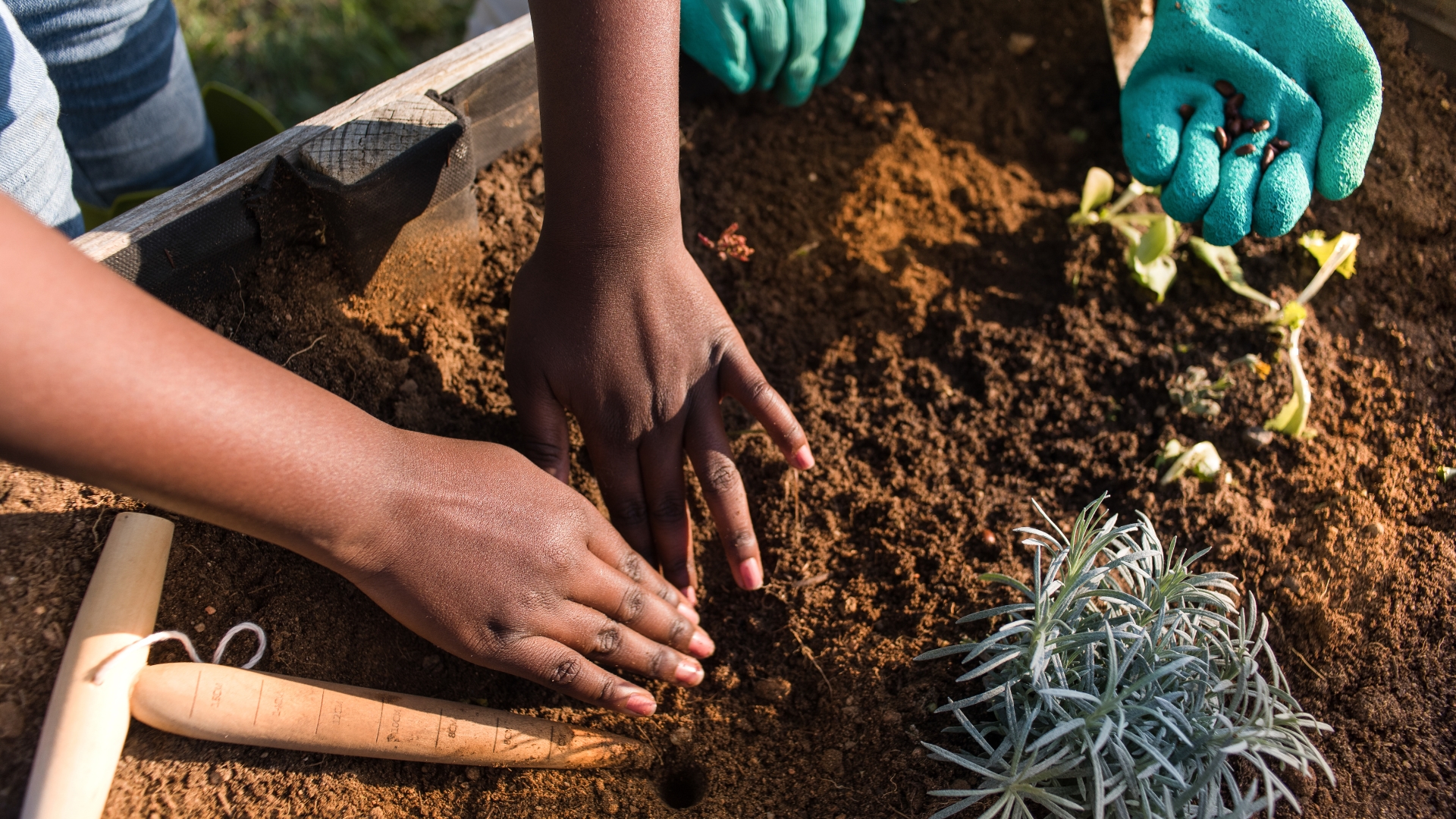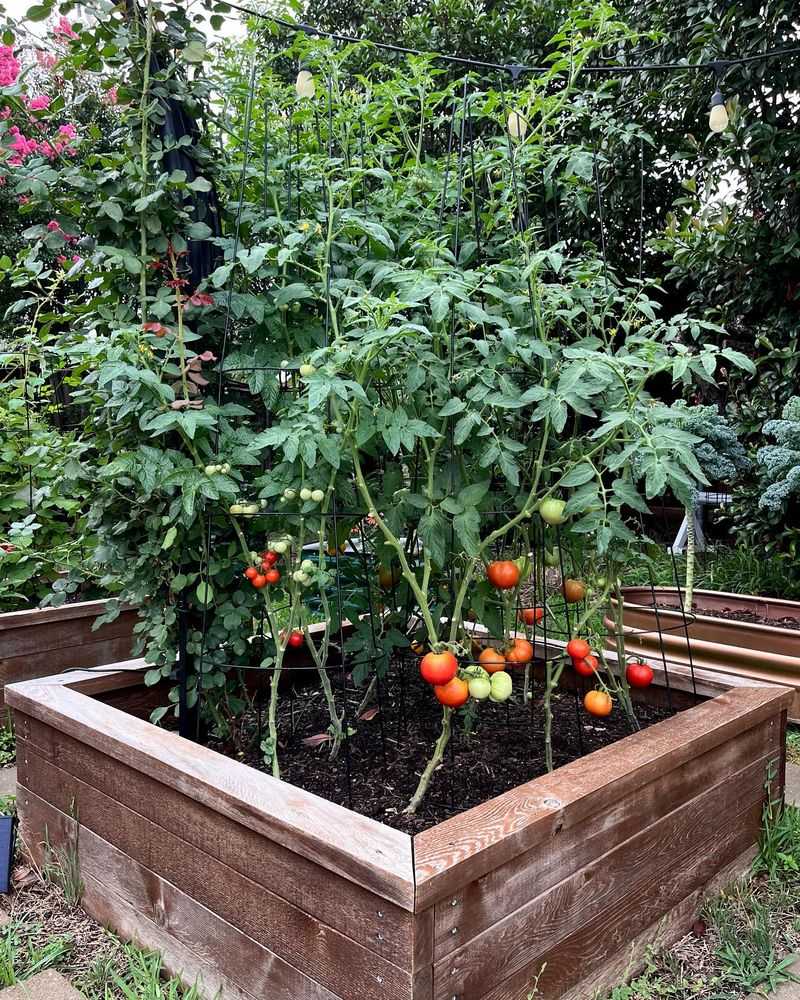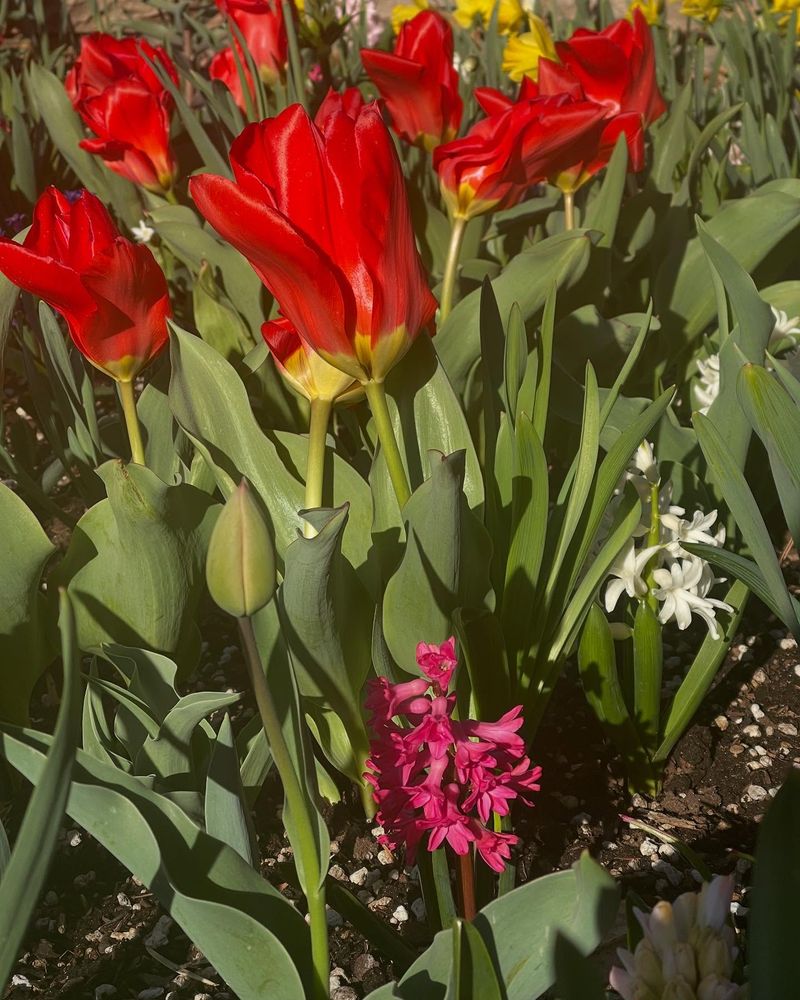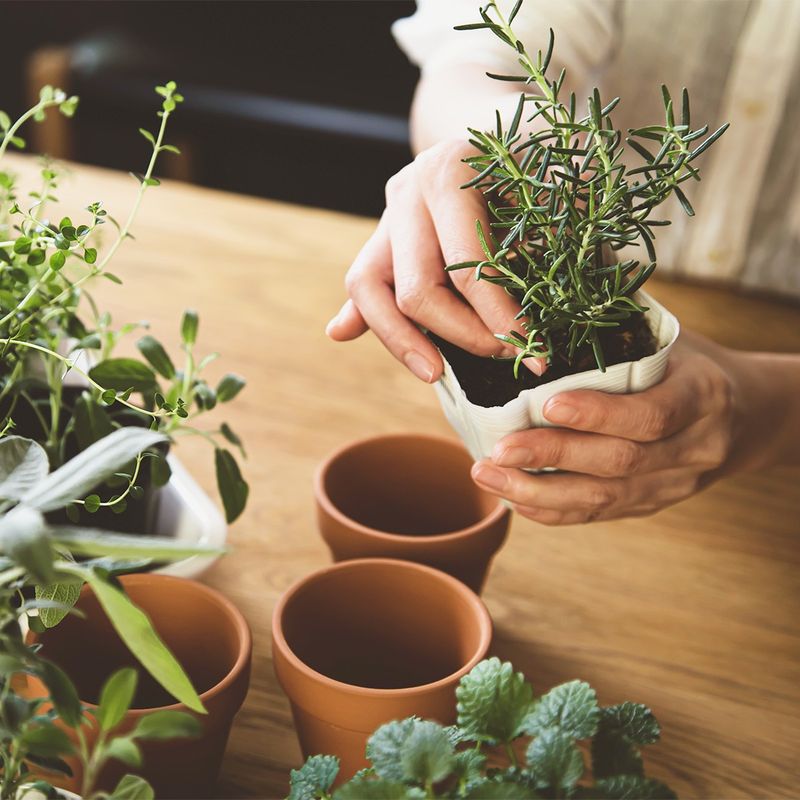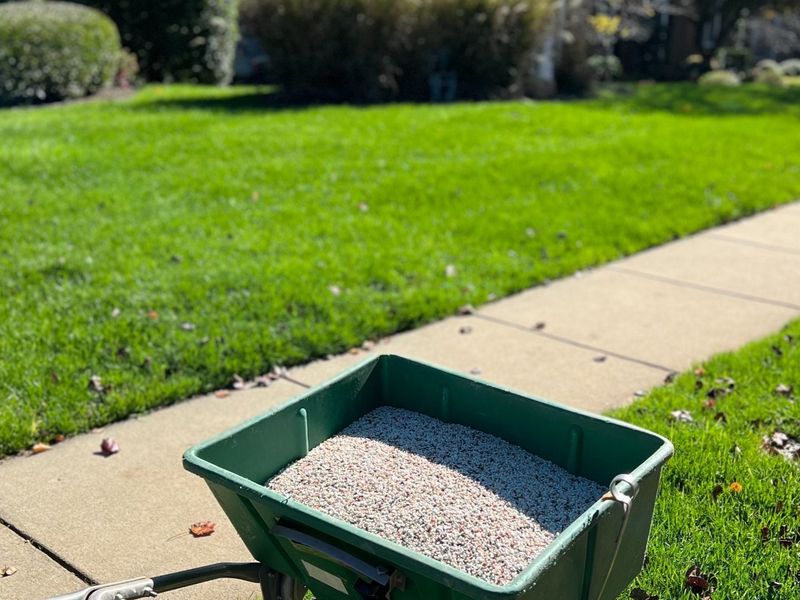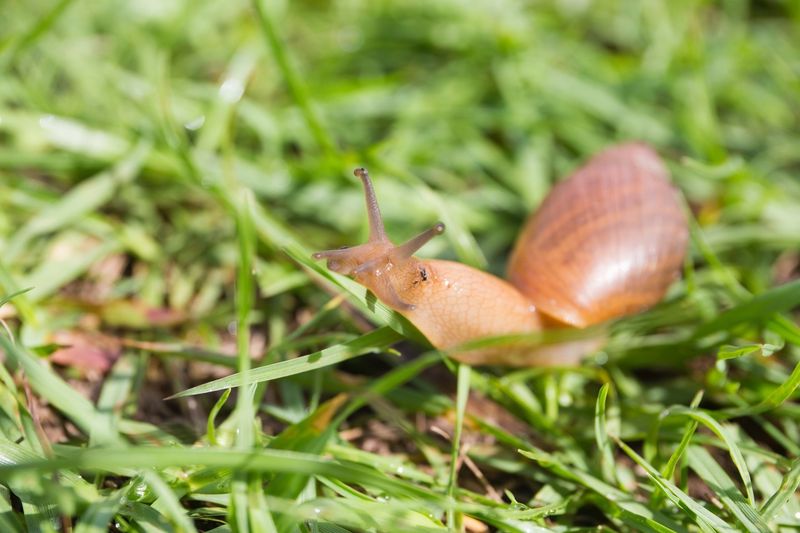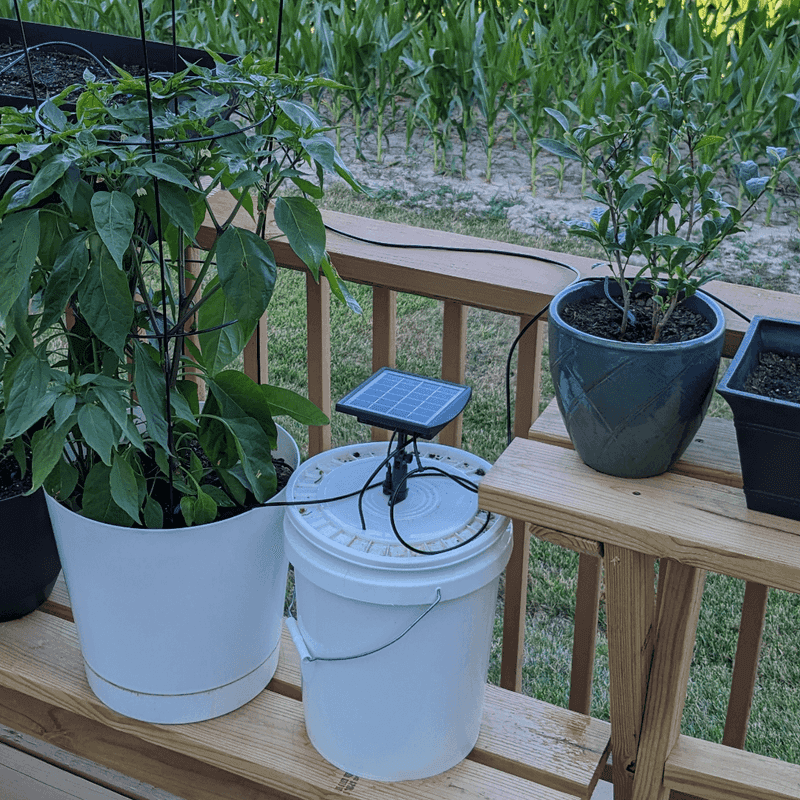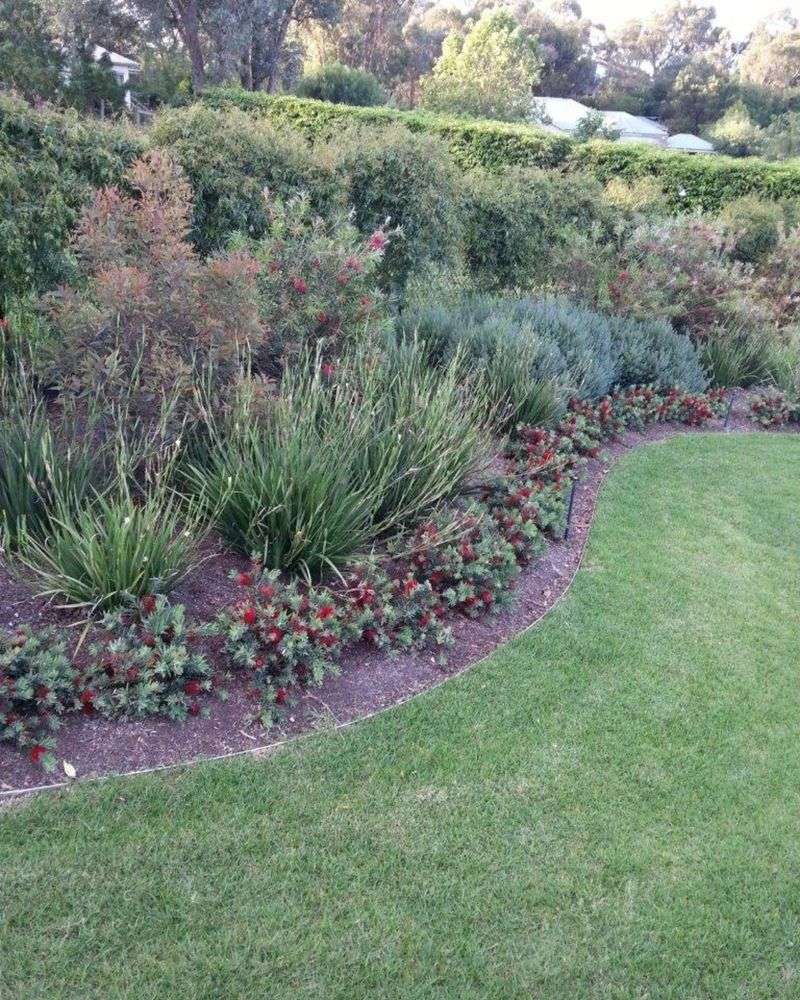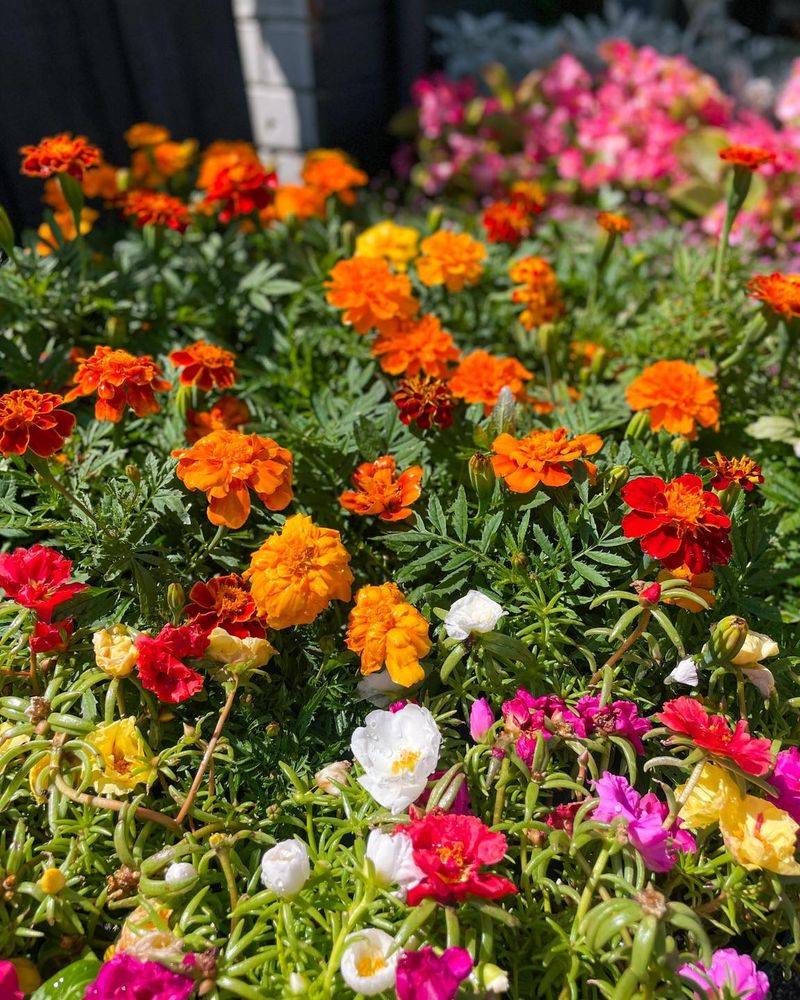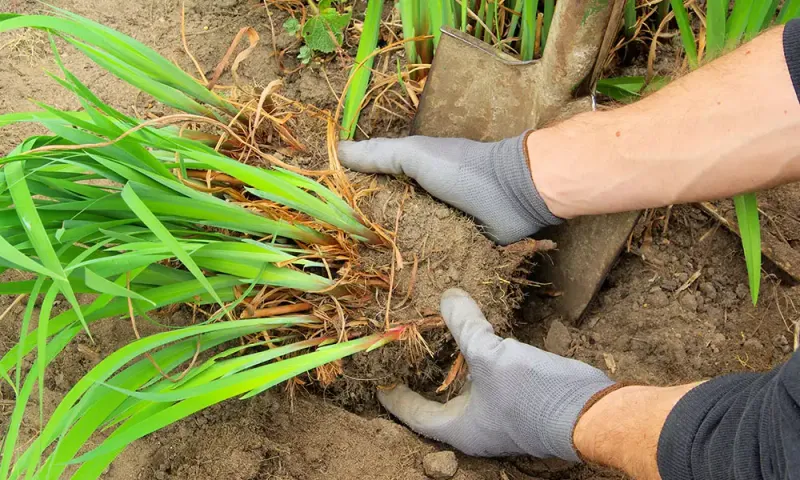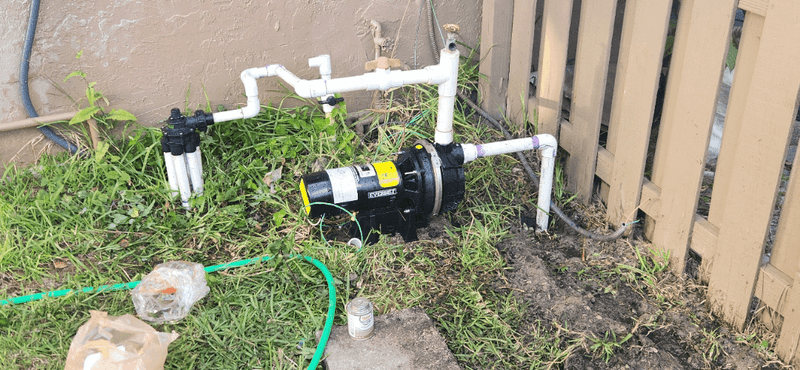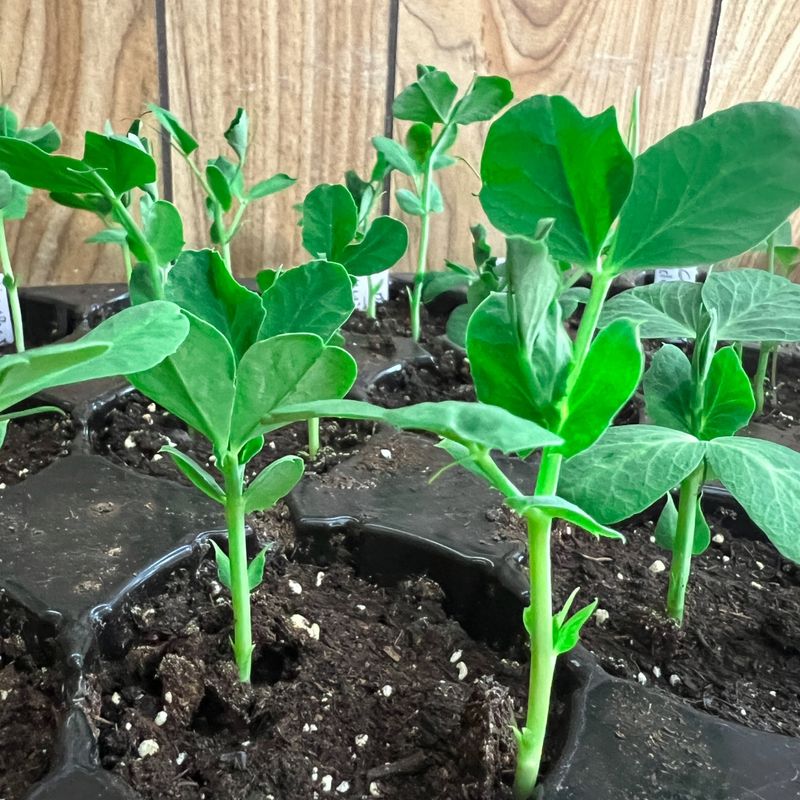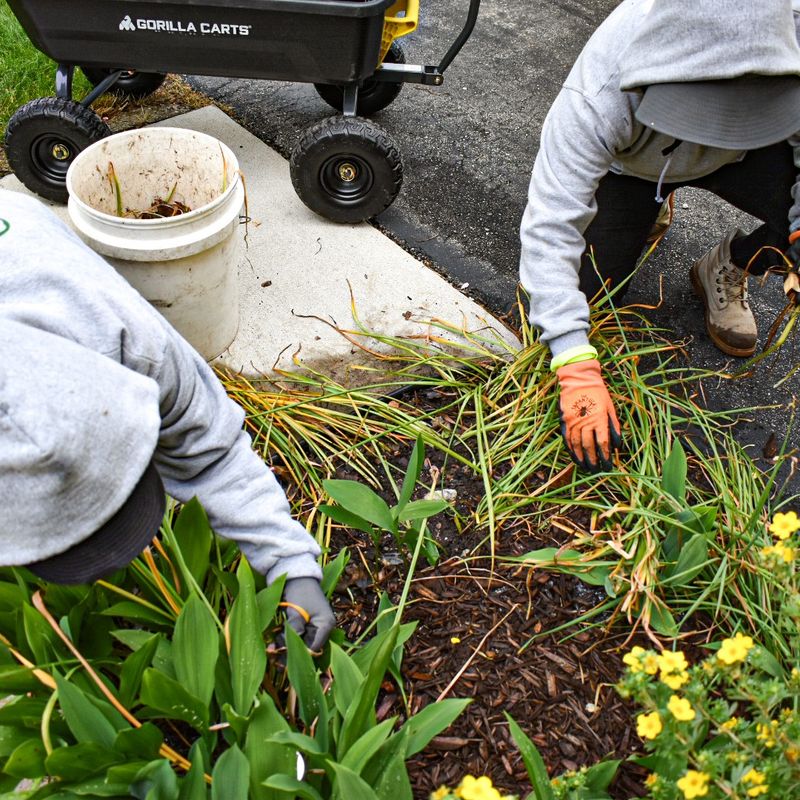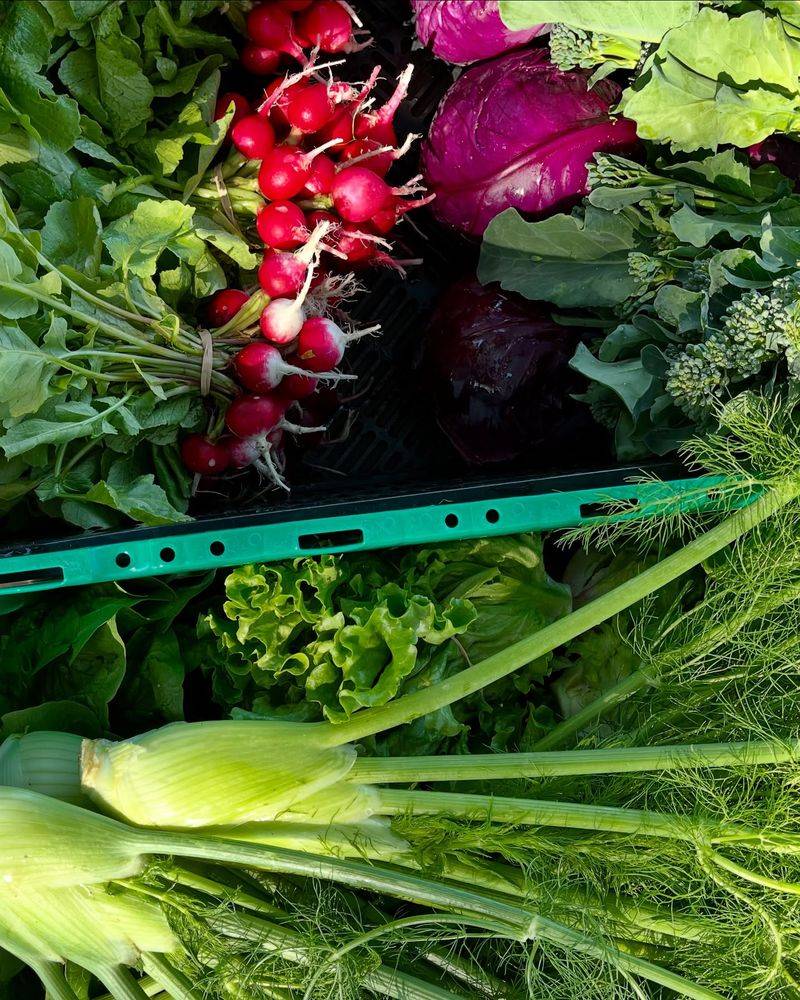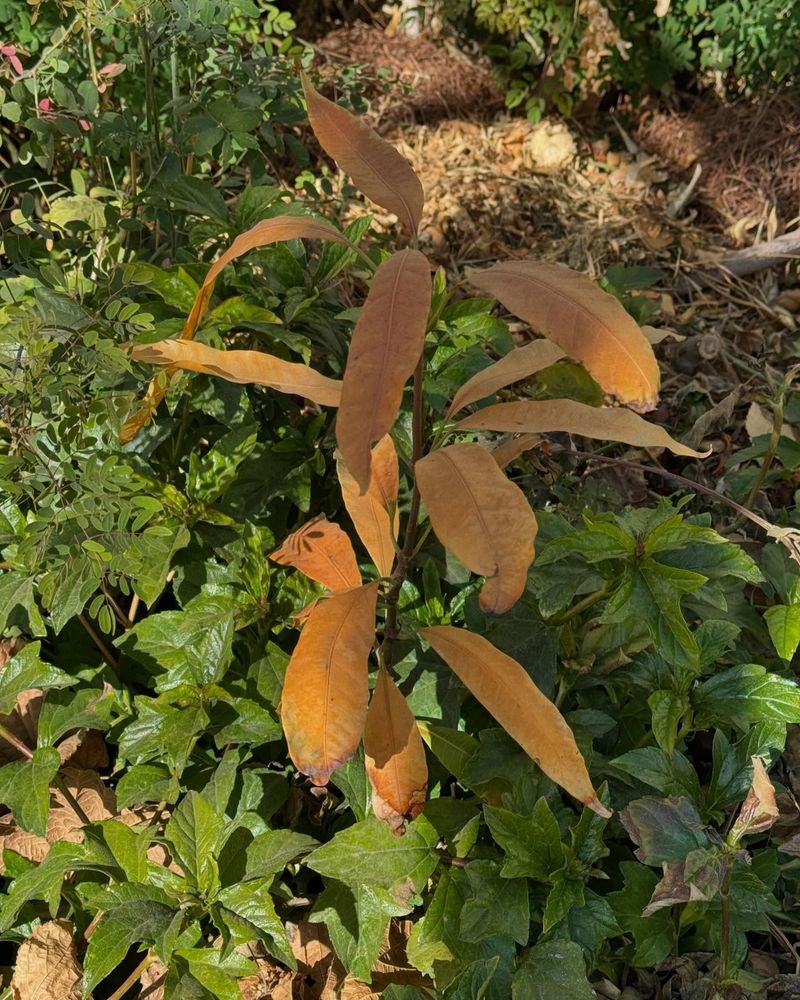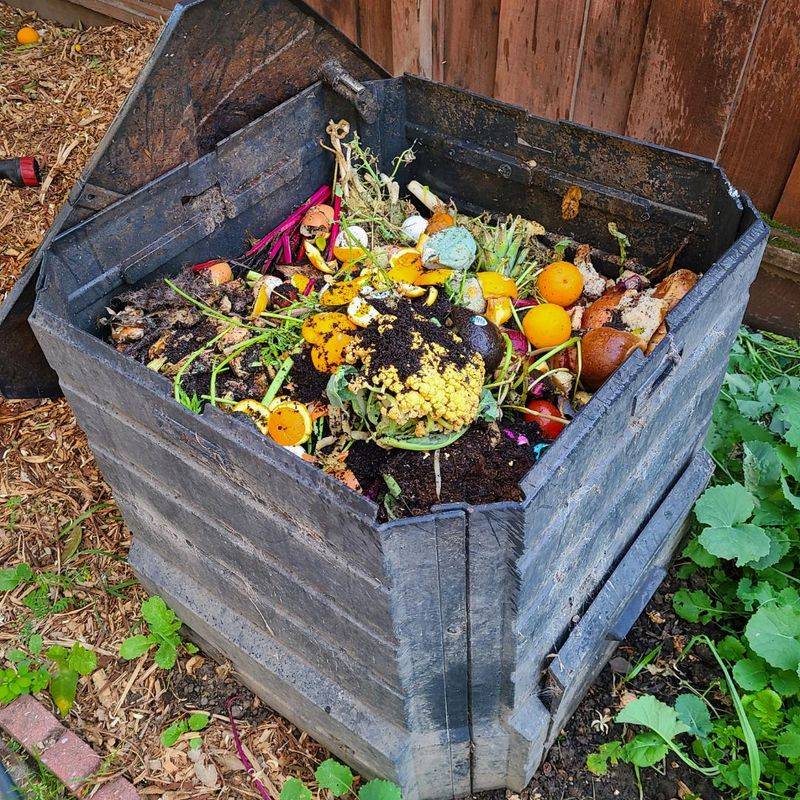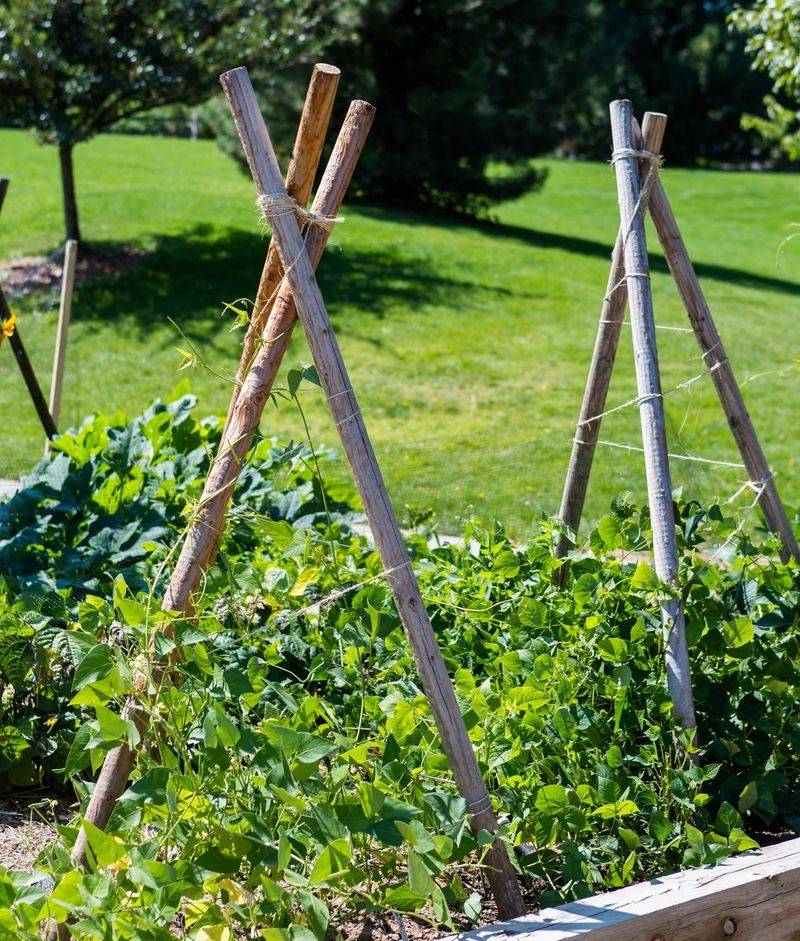May is here, and it’s a magical time for gardeners everywhere. As the world blossoms around us, it’s the perfect moment to step into the garden and get your hands dirty. From planting vibrant flowers to nurturing your vegetable patch, these essential tasks will ensure your garden thrives this season. Let’s explore the exciting gardening adventures that await you this month!
1. Plant Warm-Season Veggies
May is the perfect time to plant warm-season vegetables like tomatoes, peppers, and cucumbers. The soil is warm, and the days are long, providing the ideal conditions for these sun-loving plants to thrive. Start by preparing your garden beds with compost and organic matter.
This will enrich the soil and help retain moisture. Plant seedlings at the right depth, ensuring they’re well-spaced for growth. Water them deeply but infrequently, encouraging strong root systems.
With a bit of care and attention, you’ll soon have a bountiful harvest. Enjoy watching your veggies grow and look forward to fresh, homegrown produce!
2. Prune Spring Flowers
Pruning spent spring flowers like daffodils and tulips is crucial in May. It helps redirect energy back to the bulbs for next year’s blooms. Snip off any faded flowers, leaving the green leaves intact.
These leaves will continue to photosynthesize, storing nutrients in the bulb. Use sharp, clean shears to make clean cuts, preventing disease. This simple task keeps your garden tidy and ensures more vibrant flowers next spring.
While pruning, enjoy the pleasant aroma of fresh cuttings and the peacefulness of tending to your garden. It’s a serene and rewarding activity, connecting you with nature’s rhythms.
3. Start a Herb Garden
Starting a herb garden in May is both simple and rewarding. Choose a sunny spot either in your garden or on a windowsill. Herbs like basil, mint, and rosemary thrive in these conditions. Plant seeds or young plants in well-draining soil, ensuring they’re not overcrowded.
Regularly water them, but avoid over-watering. Herbs are perfect for adding flavor to meals, and fresh picks are always at hand. As you nurture your herbs, enjoy the fragrant scent they release.
It’s a delightful experience that brings a touch of nature into your home, making cooking more enjoyable and flavorful.
4. Mulch Garden Beds
Applying mulch to your garden beds in May helps conserve moisture, suppress weeds, and improve soil health. Choose organic mulches like bark chips, straw, or shredded leaves. Spread a layer about 2-3 inches thick around plants, avoiding direct contact with stems.
This protective layer moderates soil temperature, keeping roots cool in the heat. As the mulch breaks down, it enriches the soil, promoting healthy plant growth.
It’s a simple yet effective way to enhance your garden’s vitality. Enjoy the neat, finished look it gives your beds and the added benefits for your plants.
5. Fertilize Lawns
May is an ideal month to fertilize your lawn, boosting its growth and health. Choose a fertilizer appropriate for your grass type, whether slow-release or organic. Apply it evenly with a spreader, following the manufacturer’s instructions.
Water the lawn afterward to help the fertilizer penetrate the soil. This promotes deep root development and a vibrant, green appearance. Fertilizing now ensures your lawn remains lush through the summer.
Take pleasure in the fresh scent of a well-maintained lawn and its inviting, soft texture underfoot, making outdoor activities more enjoyable.
6. Control Garden Pests
May is the time to keep an eye out for garden pests like aphids and snails. Regularly inspect your plants for signs of damage or infestation. Introduce natural predators like ladybugs, or use organic sprays such as neem oil to manage pests without harming beneficial insects.
Encourage a balanced ecosystem by planting pest-repellent flowers like marigolds. By being proactive, you can prevent pests from overwhelming your garden.
This hands-on approach helps maintain a healthy garden environment, where plants flourish without the use of harsh chemicals, resulting in a safer and more sustainable space.
7. Water Smartly
Efficient watering is crucial in May as temperatures rise. Consider using a drip irrigation system, which delivers water directly to plant roots, minimizing evaporation. Water early in the morning or late in the evening to reduce water loss.
Focus on deep, infrequent watering to encourage resilient root systems. Avoid wetting foliage to prevent disease. Smart watering conserves water and promotes healthy plant growth.
As you refine your watering techniques, enjoy the colorful blooms and vibrant greenery resulting from your efforts. It’s a satisfying way to care for your garden while being mindful of resources.
8. Edge Garden Borders
Creating clean edges along garden borders provides a polished look, enhancing your garden’s overall appearance. Use a spade or edging tool to define the lines between lawn and garden beds.
This prevents grass from encroaching on flower beds, keeping them neat and well-organized. Edge in May when the soil is soft, making it easier to cut through.
This task not only improves aesthetics but also simplifies maintenance throughout the season. Enjoy the satisfaction of a tidy garden, where defined lines highlight your plants’ beauty and showcase your hard work.
9. Plant Summer Annuals
May is the perfect time to plant summer annuals like petunias, marigolds, and zinnias. These vibrant flowers add color and life to any garden. Prepare the soil by loosening it and adding organic matter.
Plant the annuals at the recommended depth, spacing them to allow airflow. Water them thoroughly after planting to help establish roots. These flowers thrive in the warm weather, providing continuous blooms throughout the summer.
Enjoy the burst of color and the cheerful atmosphere they bring to your garden. Their lively presence will attract pollinators and brighten your outdoor space.
10. Divide Perennials
Dividing perennials like hostas and daylilies in May rejuvenates plants and encourages more vigorous growth. Dig up the clumps and gently separate them into smaller sections, ensuring each has roots and shoots.
Replant them in well-prepared soil, watering deeply to promote root establishment. Dividing prevents overcrowding and enhances air circulation, reducing disease risk. It’s a rewarding task that results in healthier, more abundant blooms.
Enjoy the process of nurturing and expanding your garden. The new divisions can be shared with friends or used to fill gaps in your own garden, adding diversity and vitality.
11. Check Irrigation Systems
May is an excellent time to check and maintain your irrigation system. Inspect for leaks, clogs, and uneven water distribution. Clean or replace clogged nozzles and check timers for proper scheduling.
This ensures efficient watering, saving water and promoting healthy plant growth. Well-maintained irrigation reduces water waste and keeps your garden thriving.
As you monitor and adjust your system, take pride in the efficient use of resources and the flourishing plants that benefit from your attention. It’s an important step in sustainable gardening, ensuring your garden remains lush and vibrant throughout the growing season.
12. Thin Seedlings
Thinning seedlings in May is crucial for healthy plant development. Remove the weaker sprouts in crowded areas to allow stronger plants to flourish. This encourages better air circulation, root growth, and nutrient absorption. Use scissors to snip them at soil level, minimizing root disturbance.
Thinning can feel harsh, but it’s essential for a thriving garden. Observe the remaining seedlings as they grow stronger and more robust.
This careful attention promotes a bountiful harvest and ensures your efforts yield the best results. Enjoy the sight of your garden thriving, with healthy plants growing in well-spaced harmony.
13. Weed Regularly
Regular weeding in May keeps your garden healthy and attractive. Weeds compete for nutrients, water, and light, stunting your plants’ growth. Remove them by hand or with a hoe, being careful to get the roots.
Weeding is easier after rain when the soil is soft. Consistent weeding prevents weeds from going to seed and spreading. Enjoy the therapeutic rhythm of weeding and the satisfaction of a tidy, vibrant garden.
This ongoing task is a key part of garden maintenance, ensuring your plants have the space and resources they need to thrive.
14. Harvest Spring Produce
Harvesting spring produce in May is a rewarding experience. Vegetables like lettuce, radishes, and spinach are ready to pick. Regular harvesting encourages more growth and prevents plants from bolting.
Use scissors or a knife to cut leaves, leaving the roots intact for continuous growth. Celebrate your efforts with fresh, delicious produce straight from the garden. Enjoy the crisp texture and flavors, knowing you’re eating the fruits of your labor.
This connection to your food source enhances appreciation and joy in gardening, making every meal a reminder of the natural cycle of growth and renewal.
15. Check for Frost Damage
In May, it’s wise to check for any lingering frost damage on plants. Frost can harm tender growth, leaving blackened or wilted foliage. Prune damaged parts to encourage new growth. Cover vulnerable plants with frost cloths or blankets on chilly nights to prevent further damage.
This protective care ensures plants recover and thrive. As the weather warms, you’ll see them bounce back with renewed vigor.
Keeping an eye on frost patterns and taking preventive measures safeguards your garden’s beauty and productivity, making spring a season of resilience and growth for your cherished plants.
16. Compost Kitchen Scraps
Composting kitchen scraps in May enriches your soil and reduces waste. Collect fruit and vegetable peels, coffee grounds, and eggshells, and add them to your compost bin. Mix with yard waste like leaves and grass clippings to balance carbon and nitrogen.
Turn the pile regularly to aerate and speed up decomposition. Composting creates nutrient-rich humus, improving soil structure and fertility.
As you contribute to a sustainable cycle, enjoy the satisfaction of reducing waste and nurturing your garden naturally. This eco-friendly practice supports healthy plant growth and a greener future.
17. Support Climbing Plants
Supporting climbing plants like beans and peas in May encourages vertical growth and maximizes space. Use trellises, stakes, or netting to guide them upward. This provides better air circulation and light exposure, resulting in healthier plants and easier harvesting.
Secure the plants gently to avoid damage. Watching them climb and flourish is a rewarding sight, as they transform your garden into a lush, green oasis.
This vertical gardening technique is not only efficient but also adds visual interest, making your garden a lively and dynamic space where plants reach for the sky.

